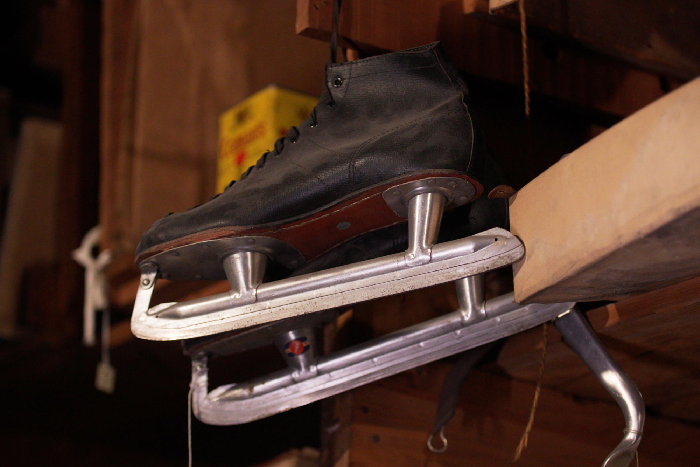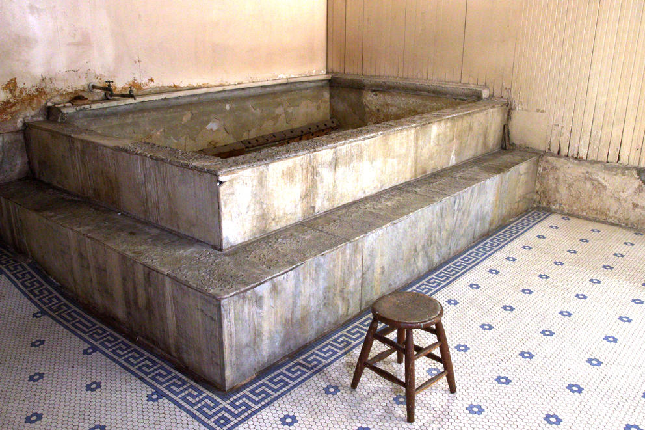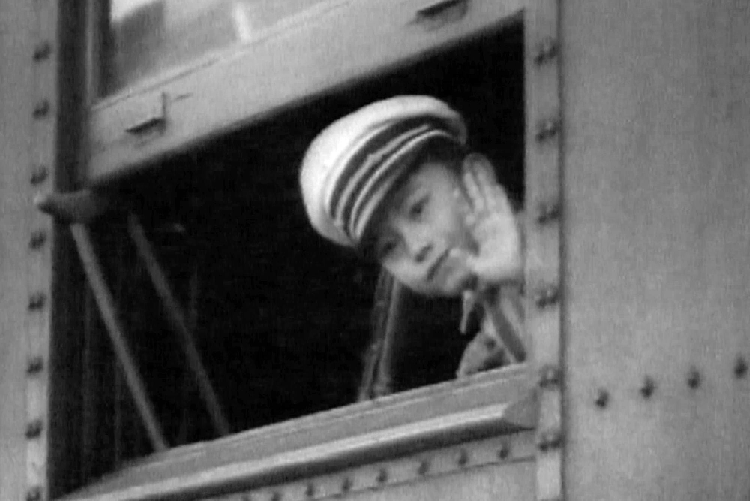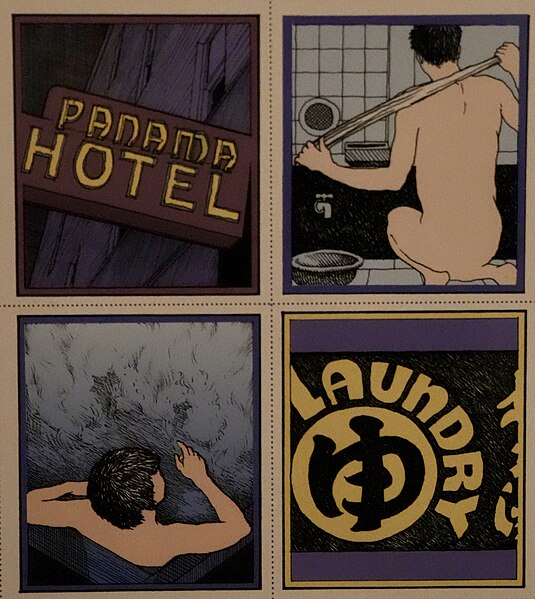The Time Capsule in Seattle's Panama Hotel
October 15, 2023 at 8:32 a.m.
An unclosed chapter of Japanese American incarceration is preserved in the basement of a Chinatown-International District hotel
 Ice skates among the abandoned property beneath the Panama Hotel. (Resti Bagcal)
Ice skates among the abandoned property beneath the Panama Hotel. (Resti Bagcal)
...by Knute Berger / Crosscut.com
The corner of South Main Street and Sixth Avenue South in the Chinatown-International District is an epicenter of Seattle history.
It’s also famous for its portrayal in Jamie Ford’s bestselling novel Hotel on the Corner of Bitter and Sweet, which captures life in Nihonmachi, also called Japantown.
The hotel referred to is still here, a resilient survivor of an event that tore this community apart 80 years ago.
The Panama Hotel and Tearoom was an SRO, a single-room-occupancy hotel. This was a kind of dense, affordable housing that boomed during the early years of the 20th century, serving transient workers and immigrants. These hotels were often home to lively communities of permanent residents housed in humble accommodations but who had everything they needed within a couple of blocks. Sounds like an urban ideal.
The Panama had some special characteristics. It was designed by the first Asian architect in Seattle, Japanese immigrant Sabro Ozasa. It was built by a Japanese businessman, Ushitaro Ota, under corporate ownership at a time when the Japanese were forbidden to own property.
It was constructed in 1910 at a cost of $50,000 with more than 90 rooms, each with hot and cold running water — a luxury not found in every SRO. The hotel was designed with the growing Japanese community in mind. A key element was a public bathhouse for men and women, which became a beloved community gathering place. It is said to have been a first stop for new arrivals from Japan as soon as their Pacific steamships came into port.
 The abandoned bath below the Panama Hotel. (Michael McClinton)
The abandoned bath below the Panama Hotel. (Michael McClinton)
The hotel managed through the boom years and then the Great Depression of the 1930s, which was a challenge. But the most challenging times followed the attack on Pearl Harbor by Japanese forces in December 1941. The following February, Franklin Roosevelt issued Executive Order 9066, which initiated the incarceration of people of Japanese ancestry on the West Coast. Within months, some 120,000 people — most of them U.S. citizens — were shipped to camps and relocation centers like the Orwellian-named “Camp Harmony” in Puyallup. Most long-term camps were in the Western interior: eastern California, Idaho, Utah, Wyoming.
 A Japanese American boy heading to the camps. (National Archives)
A Japanese American boy heading to the camps. (National Archives)
Some 8,000 residents of Japantown were ordered to leave with what they could carry, vacating homes, closing their businesses and losing their livelihoods. The incarceration turned people into refugees in their own country.
The manager of the Panama Hotel, Takashi Hori, allowed some Japantown residents to leave their belongings in the hotel’s basement. He arranged for the hotel to remain open with white managers, then he went off to camp too.
When Hori came back from camp he sought to reunite the possessions with their owners, but many did not want them anymore, or never came back for them.
Thus was created an unexpected artifact: physical, poignant evidence of a point in time, a Pompeii-like image of a disaster. Some of the baggage has remained there for eight decades. Waiting. Gathering dust. A powerful symbol of a tragedy that was long ignored by the rest of the population.
In the 1980s, Hori sold the Panama to artist Jan Johnson, who took on the task of running it — it’s still a teahouse and hotel that can be booked on Airbnb — but also of protecting and honoring its legacies. She put a piece of plexiglass in the floor so visitors can see into the basement where the piles of possessions still sit.
The hotel is now on the National Register of Historic Places and has been designated a Seattle landmark. The walls are lined with old photos and memorabilia of a thriving Japantown that didn’t take root again after the war. In the 1960s and ’70s, most of the SRO hotels like the Panama were knocked down. Change and development challenges still swirl around the district.
Mr. Hori once said “The Panama was always much more than a hotel.” It has many layers. It is a landmark, yes, but also a living time capsule and a shrine to a community deeply wounded by the collective trauma of the war years. It’s a tribute to that community’s resilience and the importance of memory.

The baths closed in the 1960s, but the lockers and advertisements of local businesses are still there. Some walls have ancient graffiti chalked on them. The basement was ordered to be a fallout shelter during the Cold War and boxes of crackers and drums of water still await atomic disaster 60 years on.
The war-era assemblage is a dark dreamscape — still, piled with unclaimed suitcases, satchels, boxes, flannel shirts folded and ready to wear, coffee tins, tools, furniture. Many are tagged, cataloged by scholars. A report from 1996, treating the basement repository like an archaeological dig, talked about some of the “excavated” artifacts: golf clubs, American flags, a pink-and-green fringed pillow from Mount Rainier, a comic book called Air Adventures about killing Nazis, wartime bulletins on the latest victories in the South Pacific.
A scholar has called it a “treasure chest of forgetting.” Today, it is an opportunity for all of us to do some long-overdue remembering.
For more on this story, listen to the Mossback podcast below, or you can find it on Apple Podcasts, Spotify, Amazon or wherever you get your podcasts.
Visit crosscut.com/donate to support nonprofit, freely distributed, local journalism.





